Vitamins are a group of organic substances found in feeds that are essential for health. The quantities required vary between a microgram and milligram sixes and some of them are synthesised in the body to satisfy part or all of the body requirements.
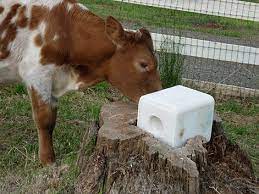
Essential Vitamins
Some vitamins play a major role in mineral metabolism. For example, Vitamin D is important for the mineralization of calcium into the bone structure. Phosphorus plays an important role in the transfer of energy in the body. It is also a very important part of the skeleton and along with calcium forms the main mineral components of bone. The following is a list of the important known vitamins. They are divided into two groups:
|
Fat-Soluble Vitamins |
Water-Soluble Vitamins |
|
Vit A |
Vit B1 (Thiamine) |
|
Vit D |
Vit B2 (Riboflavin) |
|
Vit E |
Vit B6 (Pyridoxine) |
|
Vit K |
Niacin Pentatonic acid |
|
Biotin Folic acid |
|
|
Vit 12 (siano cobalamine) |
|
|
Inositol |
|
|
Vit C (Ascorbic acid) |
The animal body can synthesize some vitamins. These include Vitamin K and B vitamins. All other vitamins need to be supplied via external sources. Humans, apes, other primates and guinea pigs especially have an important Vitamin C requirement, which if left unchecked can lead to a condition called scurvy.

The vitamins commonly recognised as being of biological significance to domestic animals are tabulated in the table below to clarify nomenclature and to indicate the site of activity.
|
Alphabetic Classification |
Chemical Classification |
Site of Action |
|
Vitamin A1 |
Retinol |
Epithelia and rod vision |
|
Vitamin A2 |
Dehydroretinol |
|
|
Vitamin D2 |
Ergocalciferol |
Skeletal development |
|
Vitamin D3 |
Cholecalciferol |
|
|
Vitamin E |
Alpha-tocopherol |
Anti-oxidant in cell metabolism fertility |
|
Vitamin K1 |
Phylloquinone |
Haemorrhage prevention |
|
Vitamin K2 |
Farnoquinone |
|
|
Vitamin K3 |
Menadione |
|
|
Vitamin B1 |
Thiamine (aneurine) |
Energy metabolism |
|
Vitamin B2 |
Riboflavin |
Energy metabolism |
|
Vitamin PP |
Nicotinomide / Nicotinic acid |
Energy metabolism |
|
Vitamin B5 |
Pantothenic acid |
Anti-dermatitis and other epithelia |
|
Vitamin B6 |
Pyridoxine |
Energy metabolism / Blood formation |
|
Vitamin B9 |
Folic acid / Pteroylglutamic acid |
Red-cell formation |
|
Vitamin B12 |
Cyanocobalamin |
Red-cell formation |
|
Vitamin B12b |
Hydroxocobalamin |
|
|
Vitamin B12c |
Nitritocobalamin |
|
|
Vitamin B |
Choline chloride |
Lipotropic |
|
Vitamin B |
Para-aminobenzoic acid |
Growth of micro-organisms |
|
Vitamin B |
Inositol |
Lipotropic |
|
Vitamin H |
Biotin |
Protein and energy metabolism |
|
Vitamin C |
Ascorbic acid |
Intercellular bonding |
Vitamin Nomenclature and Site of Activity
Source: Animal Nutrition, Concepts and Applications, PA Boyazoglu, Revised Edition
Vitamin A
Vitamins are used extensively in balanced rations and are available from chemical and microbiological production procedures in a stabilized form. The increasing production and reproduction capabilities expected from the intensive farming of livestock have accentuated their needs. Addition rates however still remain at levels measured in micrograms and milligrams per kg of body mass per day.
There is no vitamin A in plant material. Pro-vitamin A, better known as beta-carotene is found in green plants in variable amounts with a limited shelf-life during hay-making and storage. This pro-vitamin acts as an antioxidant that functions increases the animal’s resistance to infectious diseases. Prolonged deficiency will disadvantage fertility by lowering oestrus intensity, delaying ovulation and precipitating embryo death and desorption. The requirements are usually adequately supplied by the dietary intake of green grass by herbivores. Carotenoids also act as pro-vitamin A sources and are found as lutein and zeaxanthin, the yellow pigments of maize and green feeds.
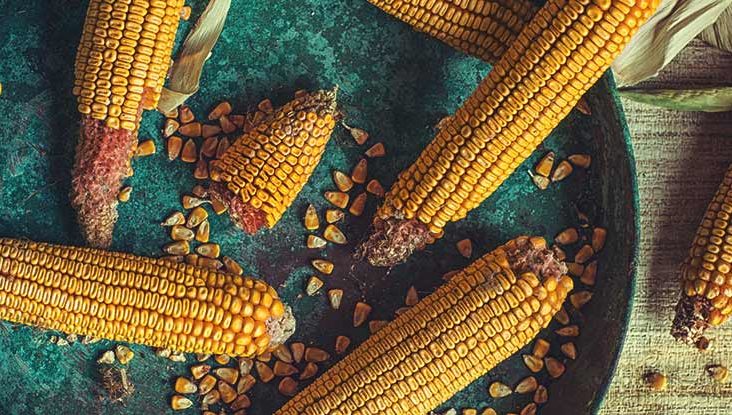
When inadequate, growth is retard and epithelia become dry and lose suppleness. Reproduction is disadvantaged, and infectious disease susceptibility is increased. Daily requirements are dependent on the level of productivity but could be 100 - 200 IU/kg body mass. Surplus intake or surplus conversion from carotene to vitamin A results in storage in the liver.
Some specific diseases and parasites which have been found to disturb vitamin A metabolism are:
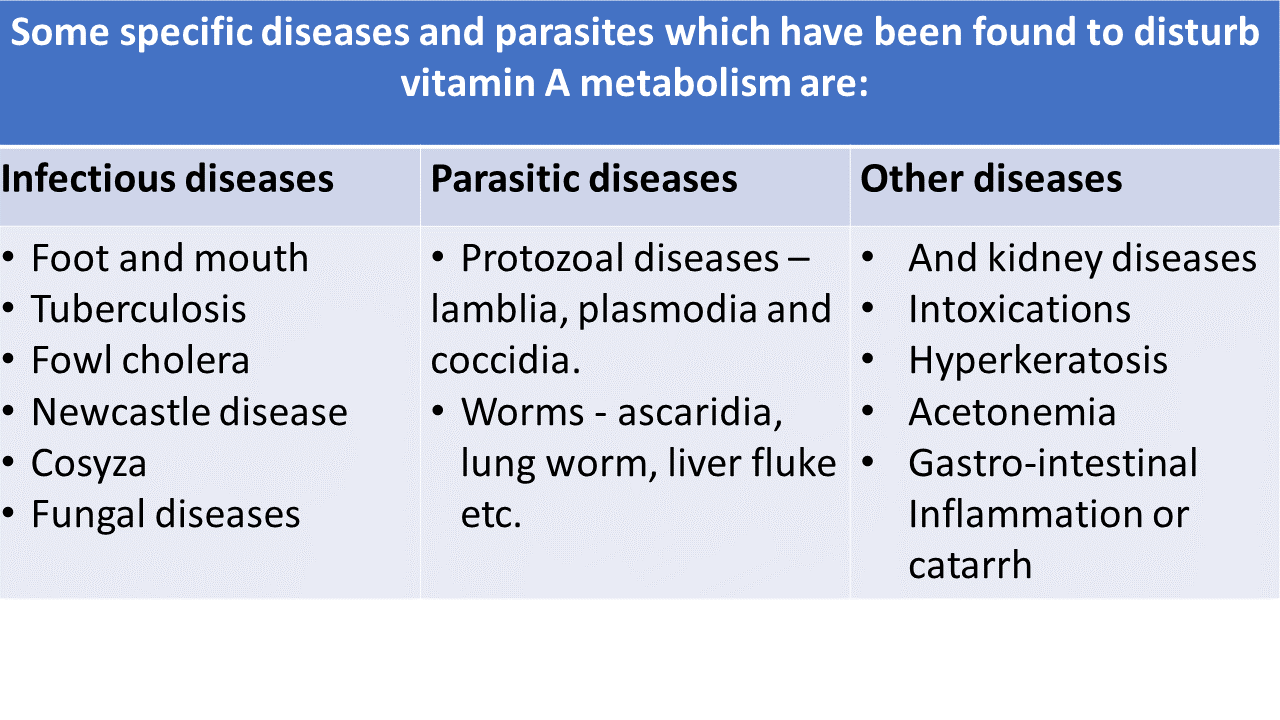
Vitamin D3
Natural Sources are sun-dried green roughage (D2) and irradiation from the sun on the animal body (D3).
Vitamin D is essential for the absorption of dietary calcium and phosphorus from the intestine, their metabolism and deposition in the skeletal structure and excretion via the kidneys. When inadequate young growing animals develop rachitis adult osteoporosis, growth disorder of its and tooth defects.
Vitamin E
Vitamin E is a vitamin of significance, regulating the metabolism of carbohydrates, creatine, muscle and glycogen, gonad development, reproduction, anterior pituitary hormone production, immunoglobulin response to disease challenges and liver protection. Of special note is its antioxidant action which stabilises fatty acids in cellular metabolism and is synergistic and protective of vitamin A and the pro-vitamin As. With some species differences as to their relative efficacy, this antioxidant effect of vitamin E is significant on the cellular membrane whereas selenium incorporated glutathione peroxidase is found intracellular and also acts as an antioxidant.
Deficiency symptoms of vitamin E are varied appearance. Degenerative myopathy of locomotory muscles in lambs and calves has been the symptom that led to the naming of the condition as “white muscle disease”. Damage to the myocardium can result in sudden cardiac arrest with subendocardial haemorrhages which describe the condition as “mulberry heart disease” in pigs. The fertility of male and female animals is decreased is the hatchability of eggs.
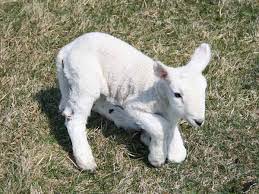
Vitamin K3
This is also known as the anti-haemorrhagic vitamin. Synthesis of menaquinone (K2) takes place by the bacteria in the digestive tract. Synthetic menadione (K3) is a stable form used in animal feeds.
Its actions are linked with blood coagulation, maintaining normal prothrombin formation and cellular metabolism. When inadequate the animal is prone to haemorrhage due to delays in clotting time.
Vitamin B1
Thiamine is also known as the anti-beriberi factor. It is found in cereals and their by-products, milk and yeast. It is commercially available as thiamine hydrochloride. It is a regulator of carbohydrate metabolism, the neural tissue and the myocardium, which is beneficial to the gastrointestinal tract and its functions. Deficiency retards growth produces nervous symptoms and results in cerebrocortical necrosis in lambs and calves. Requirements range from 2 - 4 mg/ kg of feed, with higher levels being appropriate in high energy rations as in feedlots.
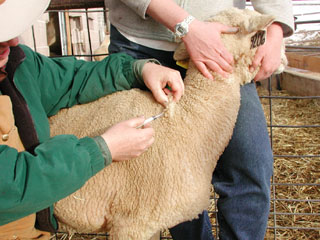
Vitamin B2
Riboflavin is present in feed ingredients of animal origin and yeast but not in by-products. It is beneficial in the metabolism of proteins and fats. Inadequate dietary presence retards growth and in poultry results in curled toe paralysis. Dietary needs are 4 - 12 mg/kg with the higher levels appropriate for energy rations.
Vitamin B6
Pyridoxine is present in substantial quantities in grains, their by-products and yeast but not in animal products. It is of importance in the metabolism of protein, fat and carbohydrates, like minerals.
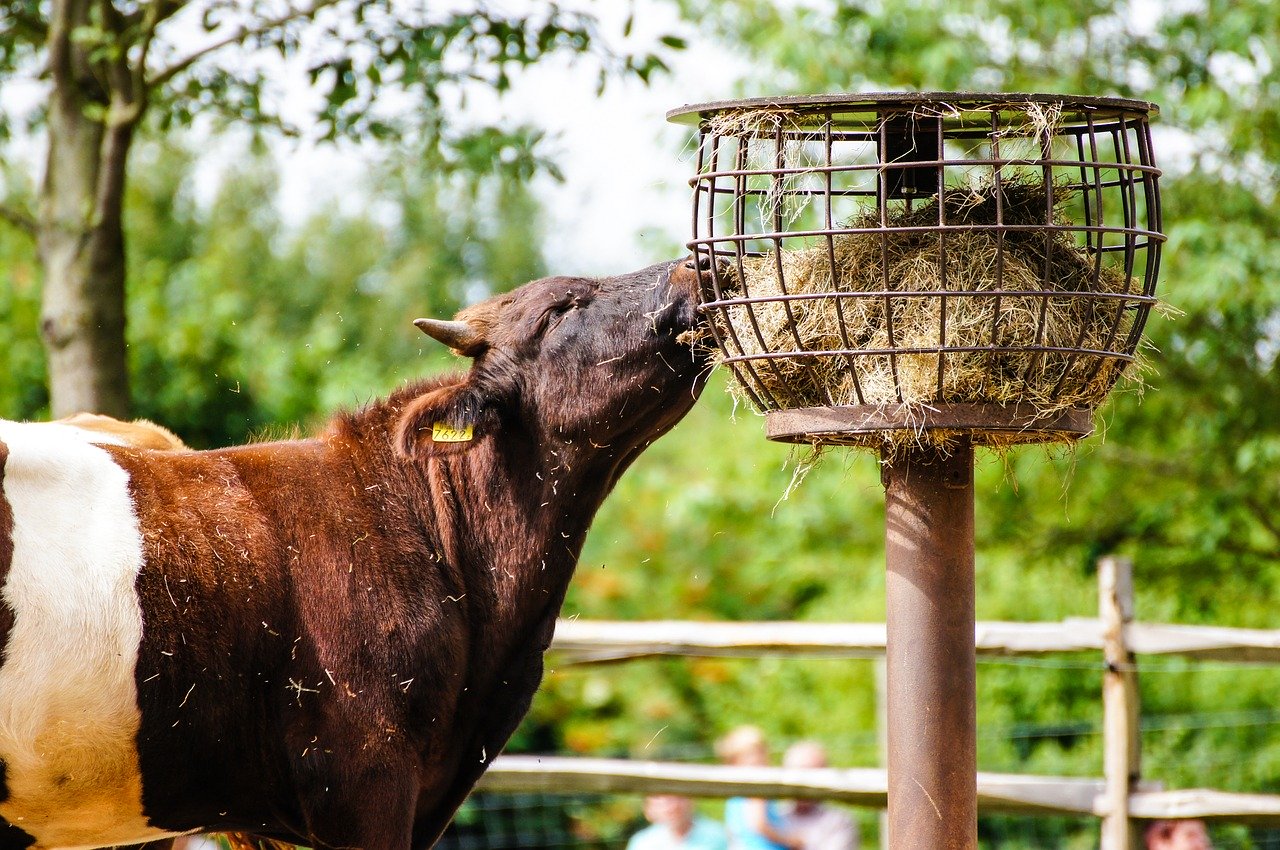
When inadequate there is growth retardation, inflammation of the skin and central nervous symptoms. In poultry, egg production and hatchability are reduced. Feed supplementation is 3 – 6 mg per kg of feed. Sulphonamides and antibiotics elevate dietary needs.
Vitamin B12
Cyanocobalamin is the animal protein factor available in a synthetic powder form. It is present in feedstuffs of animal origin and yeast culture. Together with folic acid, it plays an important role in the red-blood-cell synthesis and protein metabolism. When inadequate, growth is retarded, and anaemia is evident. Whereas adult bovines synthesise adequate cyanocobalamin in the rumen when cobalt is present, the rate of synthesis is inadequate for calves as many cyanocobalamin-like substances are also synthesised which use up cobalt. Requirements range between 15 and 30 µg per kg feed.
Biotin
Vitamin H is found in a range of feed ingredients such as soya beans, animal proteins and maize. It is associated with fatty acid synthesis, gluconeogenesis and protein synthesis. When inadequate there is the retardation of growth and reproduction poor feathering, fatty liver and inflammation of the beak, toes and shanks of poultry. Inflammation and cracks of hooves in pigs and horses.
Requirements of biotin are 100 — 350 µg per kg feed. Ruminants, however, synthesise this vitamin adequately in the rumen and do not need supplementation as do poultry, pigs and dogs. Horses' hooves are also reputed to benefit from biotin supplementation under certain conditions.
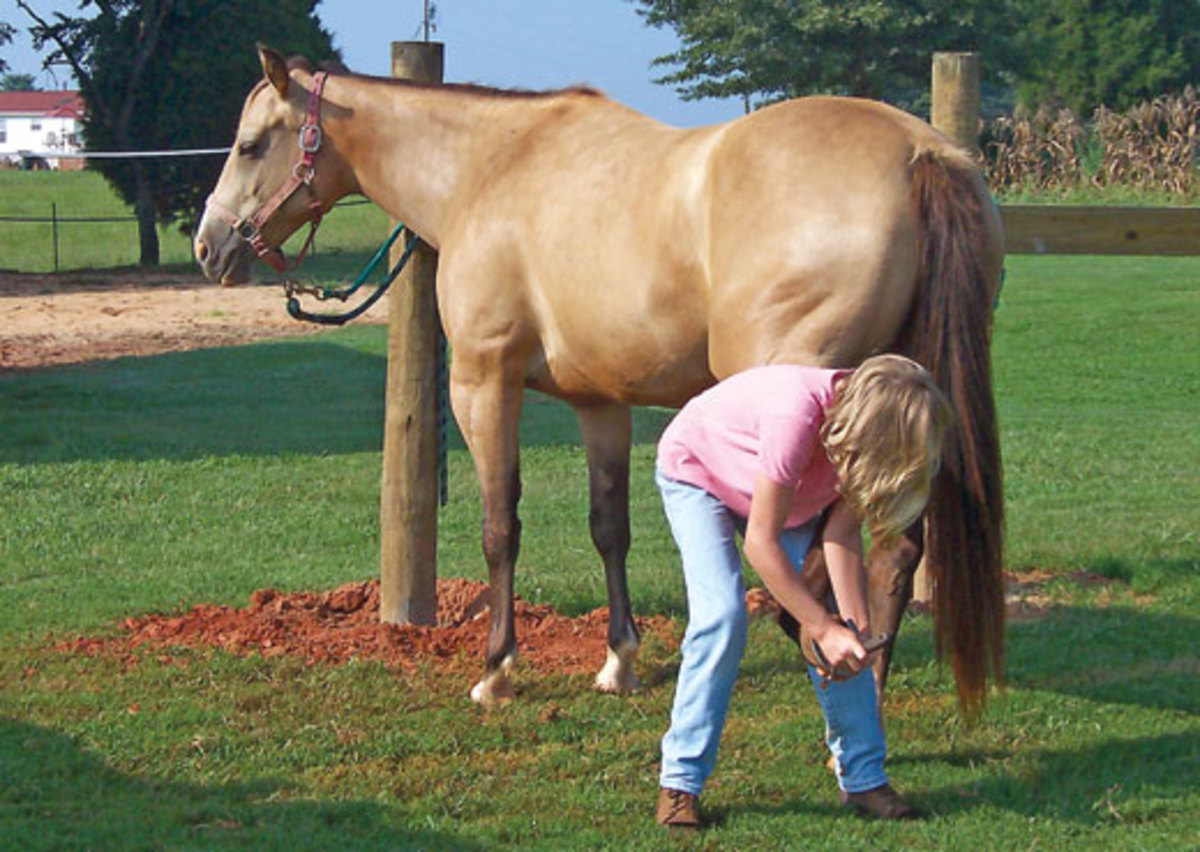
Folic Acid
Vitamin B9 or pteroylglutamic acid is present in most feed ingredients and especially in yeast, lucerne, soya beans and fish meal. It plays an important synergistic role with B12 and C in red-blood-cell and haemoglobin synthesis as well as immunoglobulin formation. Deficiency symptoms in poultry are slowed growth, poor feathering and reduced hatchability. Perosis and crossed beaks. Anaemia is seen in other species. Supplementation of 0, 5 - 1 mg per kg feed is generally effective. Folic acid synthesis in the rumen meets the nutrient needs of endemic sources.
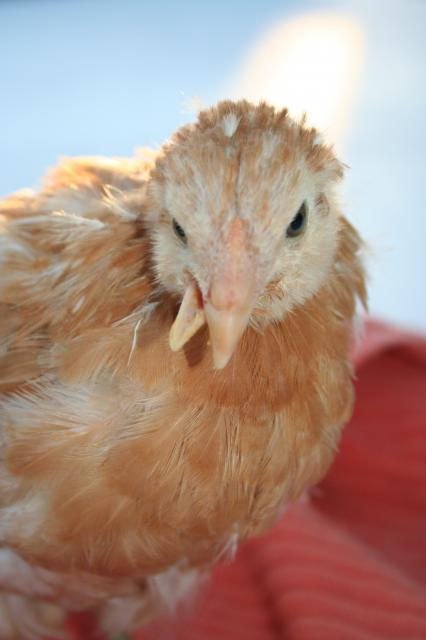
Nicotinic Acid
Niacin is also known as the anti-pellagra factor and is found in most feedstuffs of plant origin, yeast, green feed and animal protein. Small quantities are synthesised in the digestive tract and from the conversion of L-tryptophan. As a Constituent Of coenzymes, it is involved in the metabolism of carbohydrates, fats and proteins of all cells. It is also involved in skin and digestive system disorders. When deficient there are skin and digestive system disorders. Poultry has feather development deviations, reduced egg production and poor ferity, inflammation of mucosa and ulceration. Poultry also develops Perosis and dogs’ black tongues. These are preventable by 30 - 80 mg addition of niacin per kg of feed. Additions are recommended to all domestic animal diets.
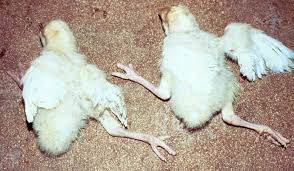
Choline
This is an essential nutrient available as choline chloride and though discussed with the vitamins is classified by some nutritionists separately. It is found in virtually all feed ingredients but especially in animal proteins, yeast and oilcake. It is necessary for the synthesis of phospholipids and fat metabolism. Its role in acetylcholine synthesis links it to the functioning of the nervous system. It is a methyl group donor like the amino acids, lysine and methionine, and can be synthesized from serine and methionine in the presence of B12 and folic acid.
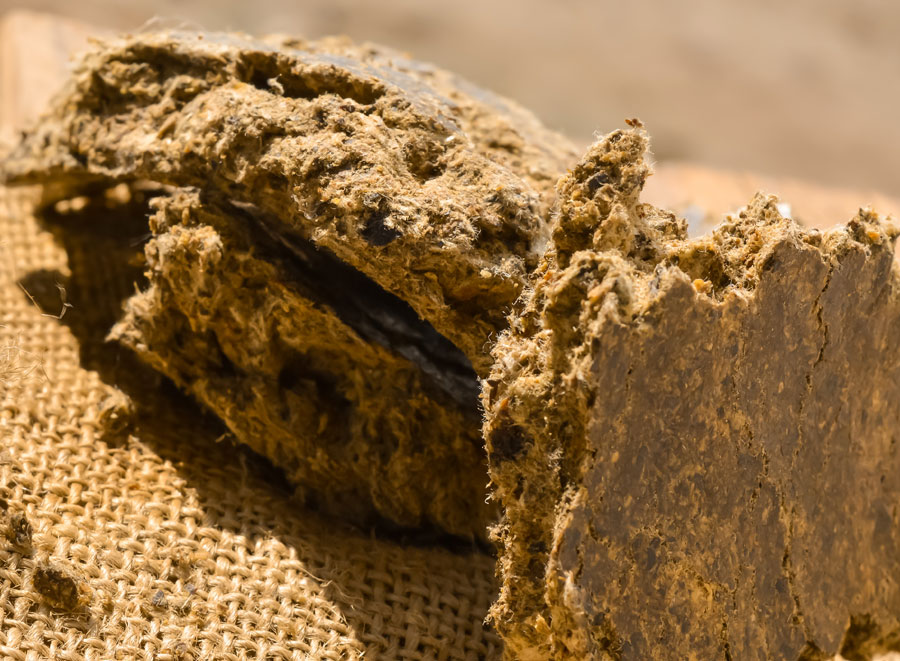
Symptoms of deficiency are found on high fat, high-energy rations and include fatty liver, skeletal malformations, Perosis in poultry, splayed legs in pigs and growth retardation. Nutrient needs are met by 1000 – 2000 mg/kg feed.
In the concentrated form it has a destructive effect on other vitamins and premix manufacturers are prone to package it separately.
Vitamin C
Ascorbic acid is found in green feed and is also synthesised by farm livestock. It is however a labile vitamin being broken down readily by trace minerals acting as catalysts. In the body, it acts in hydrogen transfer for oxidation-reduction. It is active in the synthesis of steroid hormones and blood clotting. It is reputed to improve resistance to infectious diseases and stress. It benefits the well-being of collagenous tissues. When inadequate it reduces growth rate and reproduction, susceptibility to infections increases and there is the weakening of mucosal intercellular cement resulting in spontaneous bleeding.
Supplementation of vitamin C to farm animal rations is not normally recommended. With severe heat stress laying hens may benefit from supplementation with 50 mg per kg feed.